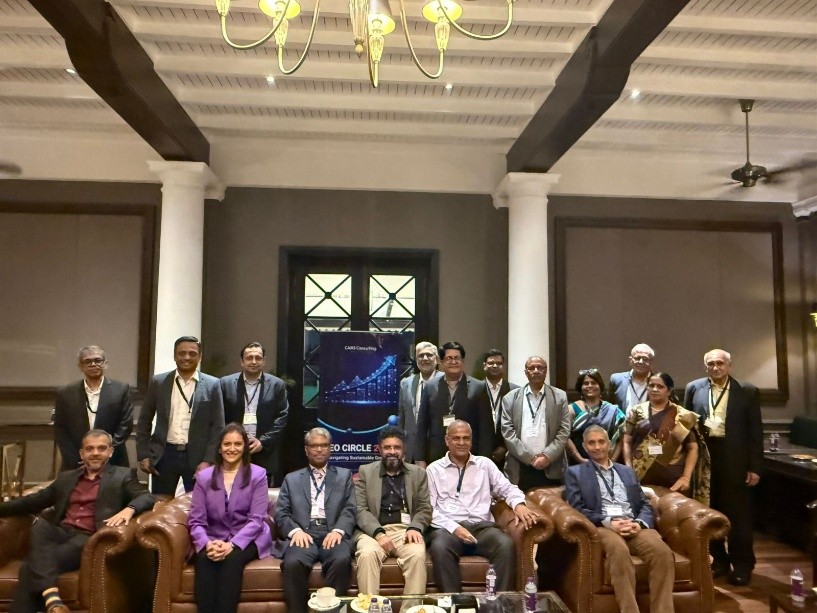India’s Growing Influence in Global Transformer Supply Chains
#Electrification #Transformers #SupplyChain #RenewableEnergy #TransformerSupplyChain

May 2025 : In the evolving landscape of global energy, transformers—once considered mere support components—have emerged as pivotal players in infrastructure development. As nations worldwide accelerate their shift towards renewable energy and modernize aging power grids, the demand for efficient, high-performance transformers has surged dramatically. Amidst this changing dynamic, India is steadily positioning itself as a significant and strategic contributor to the global transformer supply chain.
The global transformer market, valued at approximately US $63.8 billion in 2024, is projected to grow at a compound annual growth rate (CAGR) of over 6.6 percent from 2025 to 2034. This sharp increase is driven by large-scale renewable energy integration, rapid urbanization, and rising electrification programs, especially in developing economies across Asia, Africa, and Latin America. However, the industry is not without its constraints. Leading manufacturers have expressed growing concerns about meeting the escalating demand, citing production limitations, raw material dependencies, and critical supply chain bottlenecks.
India's emergence in this sector is marked by its rapidly expanding export footprint and manufacturing scale. Between November 2023 and October 2024, India exported 14,185 shipments of electric transformers to 111 countries, with the United Kingdom, the United States, and Kenya accounting for a significant share. Notably, exports of distribution transformers to the United States alone saw a 13 percent growth compared to the previous year, indicating a steady rise in global confidence in Indian products.
Several core factors contribute to India's growing prominence. The country boasts a vast pool of technically skilled engineers and a cost-effective, quality-focused manufacturing ecosystem. Key industrial clusters in Maharashtra, Gujarat, and Tamil Nadu have evolved into hubs for transformer production, supported by the presence of Special Economic Zones (SEZs) and improving logistics infrastructure. These regions have become magnets for domestic and international transformer buyers alike.
Government initiatives further bolster this upward momentum. The Production Linked Incentive (PLI) Scheme 1.1, launched in January 2025, aims to enhance domestic manufacturing of specialty steel products, including those critical to transformer production. This scheme, implemented from FY 2025-26 to FY 2029-30, reflects the Indian government’s commitment to strengthening self-reliance while catering to international demand.
However, challenges persist. The global transformer industry continues to grapple with raw material shortages, extended lead times, and rising costs. Manufacturers, especially those in high-demand regions, face difficulties in ramping up production swiftly due to the labor-intensive nature of transformer manufacturing and the need for specialized equipment and components.
Looking ahead, India's role in the global transformer supply chain is only expected to grow. With ongoing investments in power infrastructure, a sharpening focus on quality manufacturing, and strong policy support, India is well-positioned to meet the increasing global demand. As the world continues its transition toward cleaner, more resilient energy systems, India’s contributions will be instrumental in powering this transformation.
Saurabh Patawari, Managing Partner, National Electrical Equipments Corporation

NEWSLETTER
TRENDING ON PRO MFG
MORE FROM THE SECTION





.png)


